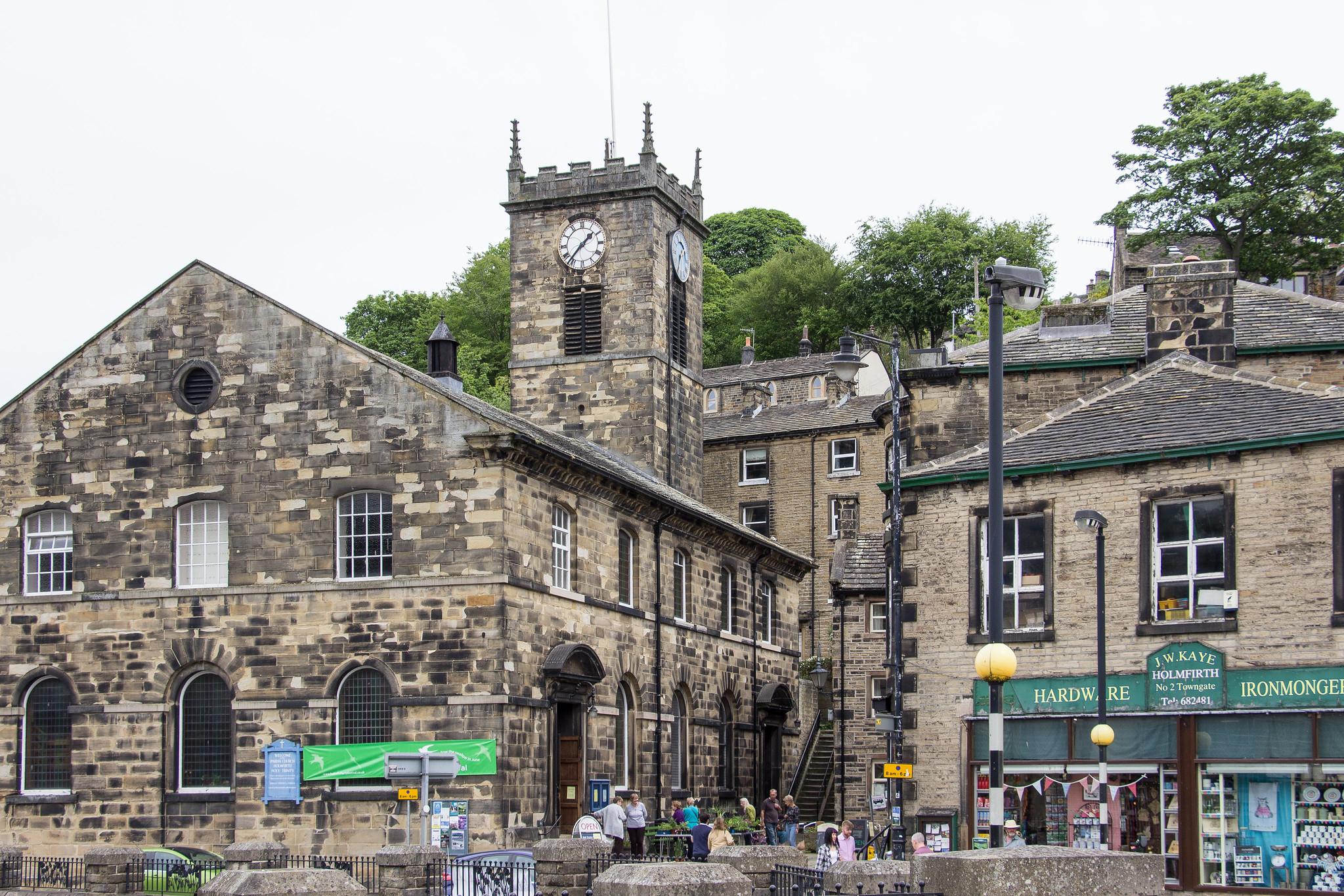Lydgate Unitarian Chapel
New Mill, Yorkshire
One of the oldest NonConformist chapels in West Yorkshire, the Grade II listed building was founded 1689.

Holy Trinity has a fascinating history, dating back to the 15th century when a grant was made by Edward IV to the church (and confirmed by Richard III), the first stone building being completed in 1500.
Holmfirth, Yorkshire
The church was demolished and rebuilt in 1632, with the seating capacity increased. In 1635, the incoming curate, one John Bynns, obtained a commission from the Ecclesiastical Court to allot all the seats to the congregation, most of whom did not know their seats. The congregation, who were then required to pay ten pence per year for their seats, revolted and refused to pay. Legal proceedings were subsequently launched and lasted until 1639, when Bynns received compensation, though he remained deeply unpopular with the congregation, who tried to displace him in 1646, though appear to have been unsuccessful. Bynns died soon after this.
The church was severely damaged in a flood in 1777, and was subsequently replaced by the present church, which dates from the 1780s. The tower, containing six bells, was added at a later date.
From spring to late summer every year we open our doors to hundreds of visitors who stop off at the church to say a prayer, light a candle, see the building, and browse the pews full of second hand books. Each year, Holy Trinity takes part in the Holmfirth Festival of Folk, Holmfirth Arts Festival and other community events, as well as putting on its own exhibitions and concerts.
New Mill, Yorkshire
One of the oldest NonConformist chapels in West Yorkshire, the Grade II listed building was founded 1689.
Thurstonland, Yorkshire
St Thomas' is situated in a small, hilltop village in West Yorkshire and showcases a beautiful, newly renovated stained glass window depicting the parable of The Good Samaritan and many more original features including a pipe organ with hand painted pipes.
Farnley Tyas, Yorkshire
The village was recorded in the Domesday Book of 1086 as ‘Ferlei’ or ‘Fereleia’ which is thought to mean either ‘lea of the ferns’ or ‘the far lea’.